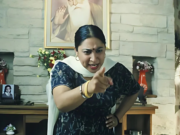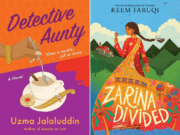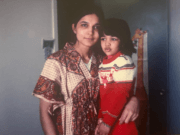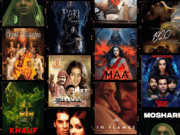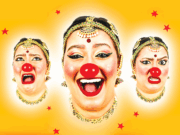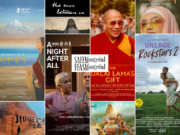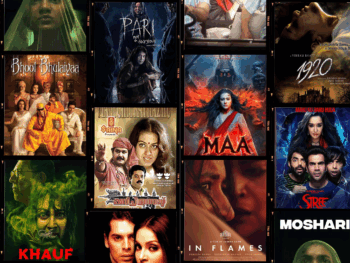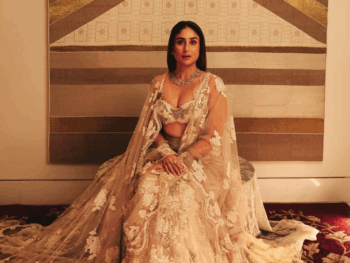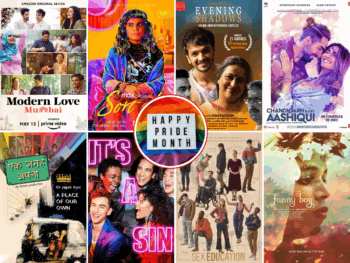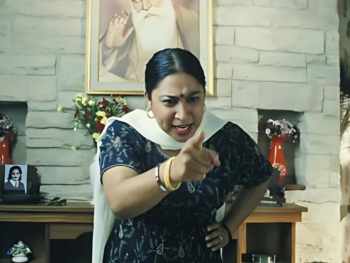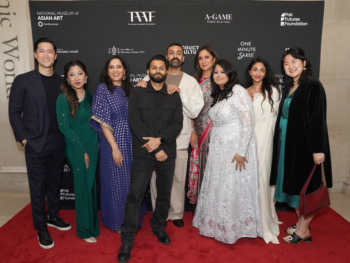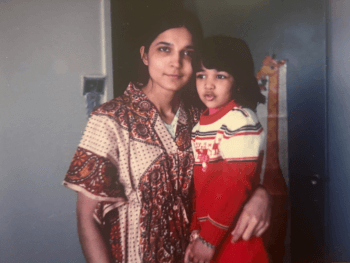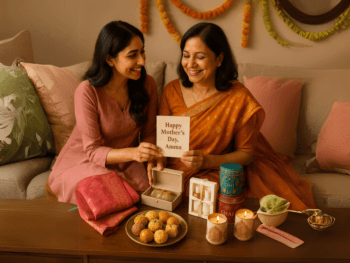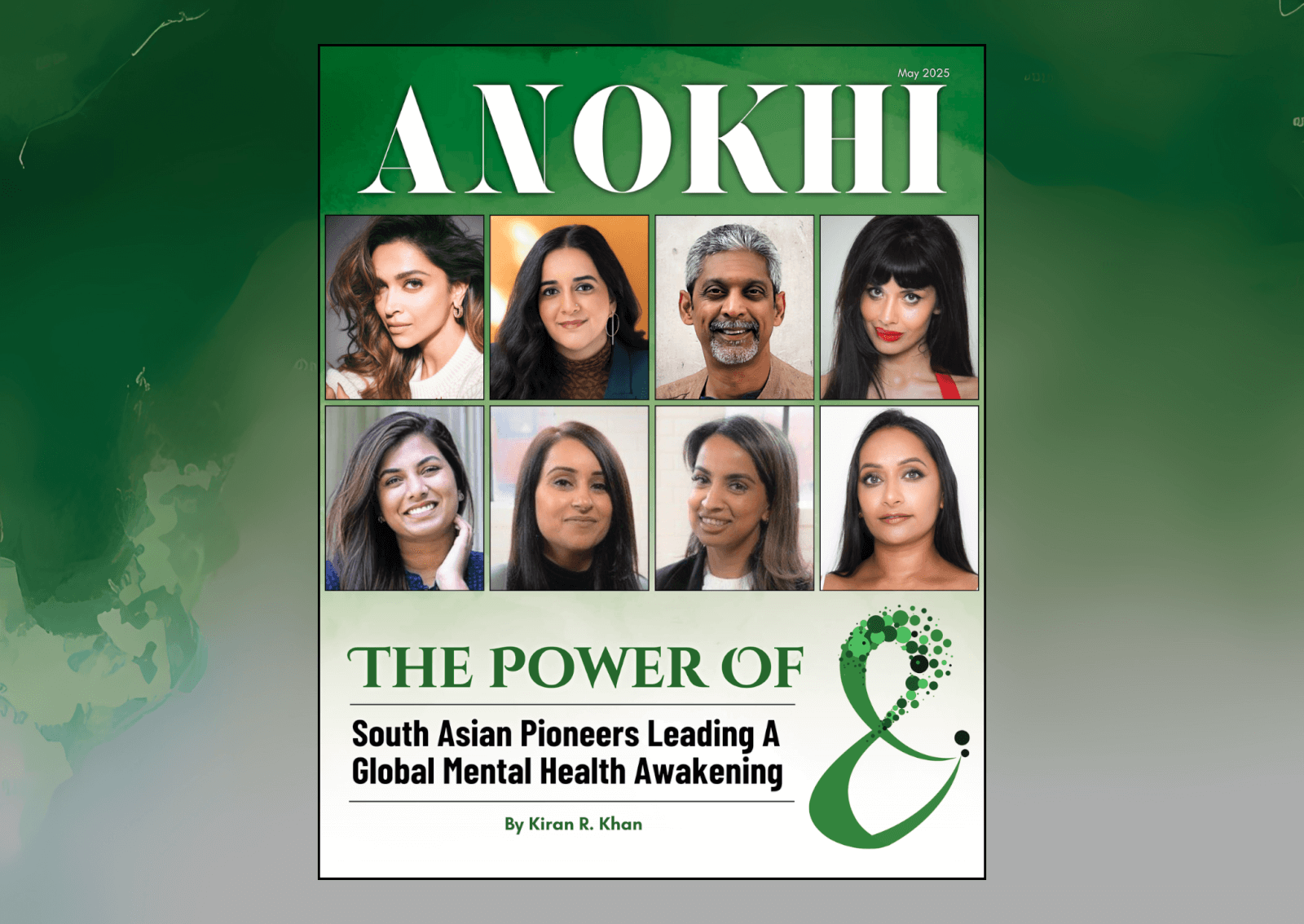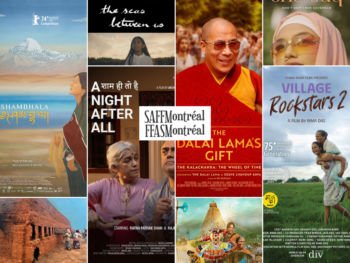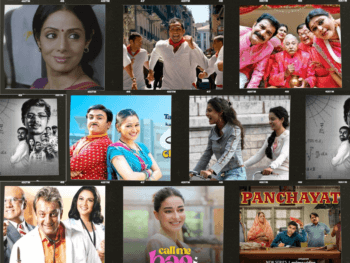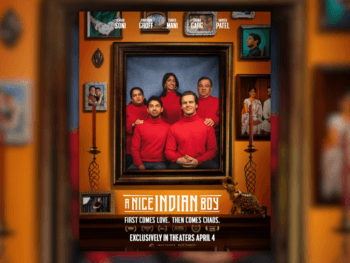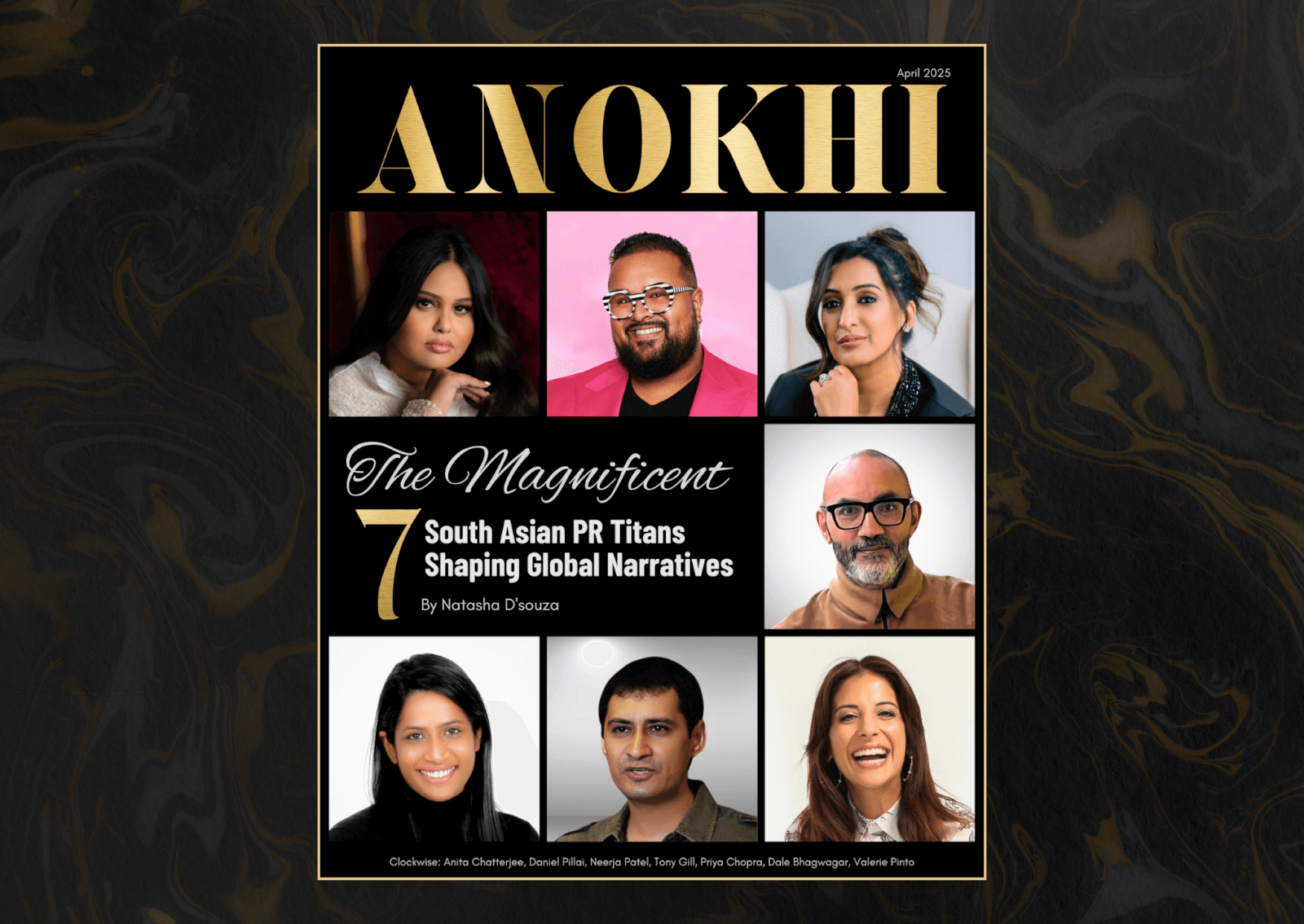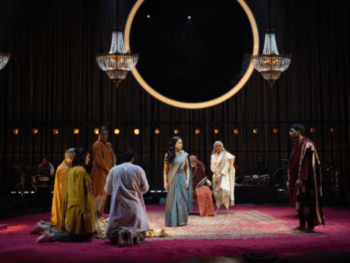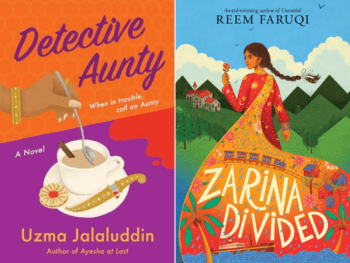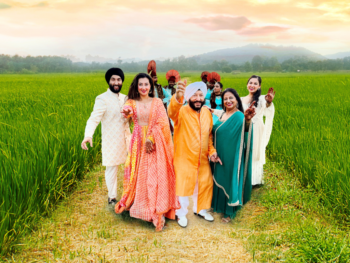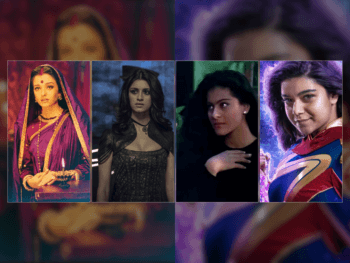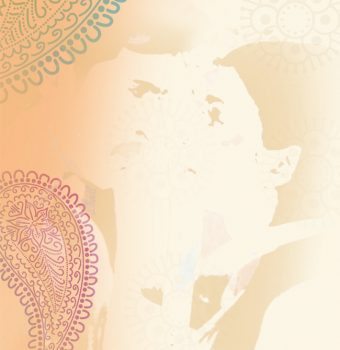
The Importance of Film Ratings
Bollywood-a euphoric world of fantasy like no other. It’s an escape from the everyday hardships of reality and an opportunity to completely immerse oneself into the perpetual land of happily ever after. As Shah Rukh Khan charms us on screen, leaving us mesmerized by his endearing smile and his characters’ perfect moral ethic, we walk away from our elated film-watching experiences, and walk back into the realities and responsibilities of our everyday lives.
Or do we?
Do we all walk away or do any of us get trapped in this picture-perfect vision of love, romance and complete familial bliss? Do we all truly comprehend the difference between Bollywood myths and everyday realism?
This is why discretionary film ratings are of the utmost importance. Before I get hit with hate mail by loyal Bollywood fans around the globe, let me point out I adore Hollywood films as much as the next Jane and I love Hindi films as much as the next Jasveer. The fact remains that a culture of awareness about the realism of film plots (or lack thereof) is entrenched in the Hollywood film system, and is missing in the Bollywood film system. I’m talking about the importance of ratings and the screening of what it is that our children are watching.
Bollywood films are indeed an integral part of South Asian culture. Not simply from an arts point of view, but our films are used as a sociological medium in which we connect back to our culture and viewing them often creates a “family togetherness” experience. Cuddled up in the family room together; mom, dad, nanis and dadis alike, we all connect and bond over the latest Bollywood blockbuster.
Today, films are adapting to contemporary and often westernized plots which, in turn, ups the sexual and violent content and dumbs down the once emphasized traditional family unit, and what I like to call, the “Dishoom Dishoom” era (where one superman-like hero beats up an entire army of men by jumping off bridges and breaking down entire glass windows).
For some reason or another, South Asian families seem to hold a security blanket of trust for Bollywood films that does not exist for western films. Synonymous with sex, violence and drugs, Hollywood films were taboo for a population of South Asian, first- generation viewers. So, this begs the question: how did Bollywood get off so easy? Is it because there is dancing and singing? Or is it because they wear pretty outfits that light up the screen?
In all fairness to our parents, how much awareness was created in regards to censorship surrounding films and television programming in the 1970s and 1980s? One South Asian man, 61, I spoke to explains, “Our primary concern at that time was building a life for our families, getting jobs, buying a house and providing for our children. I did not have time to worry about these things [like explaining movie plots]; I was worrying about getting my family citizenship into this country.” Understandable, but what’s the excuse today?
Throughout the 1990s, we were bombarded by messages from the censorship board of something or another urging us to screen what our children are watching. Parents are urged to pay attention to the ratings of Hollywood films and western television programs, and ensure that their children are not exposed to images and concepts that extend beyond their maturity levels. We shudder at the thought of allowing our 12-year-old daughters and sons to watch an episode of adult cartoons like Family Guy or The Simpsons, yet we plop them down on the sofa in front of the latest Salman Khan or Kareena Kapoor flick without a care in the world…why?
Somewhere along the way, we missed the memo indicating that Bollywood films have since evolved from the days of Kabhi Kabhie (1976) and Silsila (1981), with what was regarded as presenting more innocent and chaste versions of romance and love. As we observe the Bollywood films of today, films with considerably more controversial storylines than yesteryear and plot devices that employ a more explicit use of sex, there is noticeably more exposure of skin and cleavage; there is more gyrating in super-duper short skirts; there is onscreen kissing; and there’s definitely a lot more sex.
Disagree? May I remind you of the Bollywood film Murder (2004)? The film, inspired by Hollywood’s Unfaithful (2002), is about a married woman whose love affair with another man gets her into more trouble than she bargained for, especially when her lover is murdered and she is the one who is wrongfully accused.
Sex, skin and sin, Murder is definitely a far cry from the well-known Bollywood films of our parents’ days.
Interestingly enough, Silsila and Murder are two films in two different time periods with the exact same theme infidelity but with the exact opposite presentation! This is an excellent example to illustrate just how Bollywood films have become increasingly westernized over the years.
I recall an incident that exemplified this well. I was at a family party where two young girls, ages 10 and seven, are sprawled out in front of the television getting ready to watch their favourite television show, Family Guy. The show is about to start. There it comes– the discretionary warning. A mother, 42, enters the room and demands that her children change the channel immediately. I ask her why? (I know why…but humour me.) She explains that she has seen the discretionary warning many times prior to this show and doesn’t feel it’s fit for her children. She’s also watched this show on her own several times and was, “disgusted.”
I ask her what to put on to keep the children busy? The younger girl pipes up, “Mama, can we watch an Indian movie?” The rest was smooth sailing. The girls ran over to their gigantic towering collection of Bollywood films and happily played 10-minute clips of various films. Mom’s happy.
I skim the options in their Bollywood collection. I see the infamous Murder and I also see Cheeni Kum (2007), an unconventional love story about a woman in her early thirties and a much older man—the mom is clueless. This is the very same film that 42-year-old mom is comfortable with–but Family Guy is a “no no”. The security blanket of trust rears its ignorant head with no regard to either the film’s plot or rating.
So let me get this straight. Family Guy is unacceptable because it uses vulgar language, mature concepts and sometimes even nudity, but Cheeni Kum is acceptable? Is it acceptable to plop your nine-year-old down in front of a big screen with a film starring a 60-something Amitabh Bachchan wooing a thirty-something Tabu, where our leading actor is shown buying condoms in the local store in hopes that he can “still perform” at his age? Hmmm. Doesn’t sound right. Question: Recall the last Bollywood film you watched and tell me, what was it rated?
I conducted an experiment.
I asked five of my friends, three females and two males, to recall the various ratings for a Hollywood movie. As predicted, they all were able to recite the ratings like they would the alphabet, “Rated R” “PG” “AA” and so on. Then I asked them to do the same with Bollywood films. The silence was thicker than Paris Hilton’s IQ. My point exactly: no one has a clue.
Here’s a surprise: ratings for Bollywood films do exist!
Again, in all fairness, how visible are these ratings set by India’s Central Board of Film Certification? When you go to the theatre or rent a Bollywood DVD, do you recall seeing the rating clearly appear on the big screen?
Being in my late twenties, I have learned the difference between onscreen perfection and our often, flawed reality. What about our tween-aged sisters and/or daughters? Are these young and impressionable minds making the connection between myth and reality? How about our little brothers and/or sons? Does Sanjay Dutt’s character’s ability to completely terrify an army of men with his rough and tough exterior in his blockbuster hit, Vastaav (1999) give young boys a false image of how “manly” they are expected to be?
Clinical psychologist Dr. Monica Vermani explains, “From the time children are born to the age of 10, their mind is developing a blueprint of what the world looks like. This blueprint is comprised of how they view love, romance, work, rules, laws, gender roles and so on and they stay with this person for the rest of their life.” She continues to explain that the exposure to an unrealistic world of fantasy at an age when these children are not yet mature enough to understand the difference between myth and reality can be detrimental to a child as it gives them false expectations about the world around them.
The moral of the story? Pay attention to ratings and drop the security blanket! Be aware of what your younger siblings or your children are watching. Bollywood has changed, my friends, and it’s time for us to change with it.
BY JESSICA R. GERA




